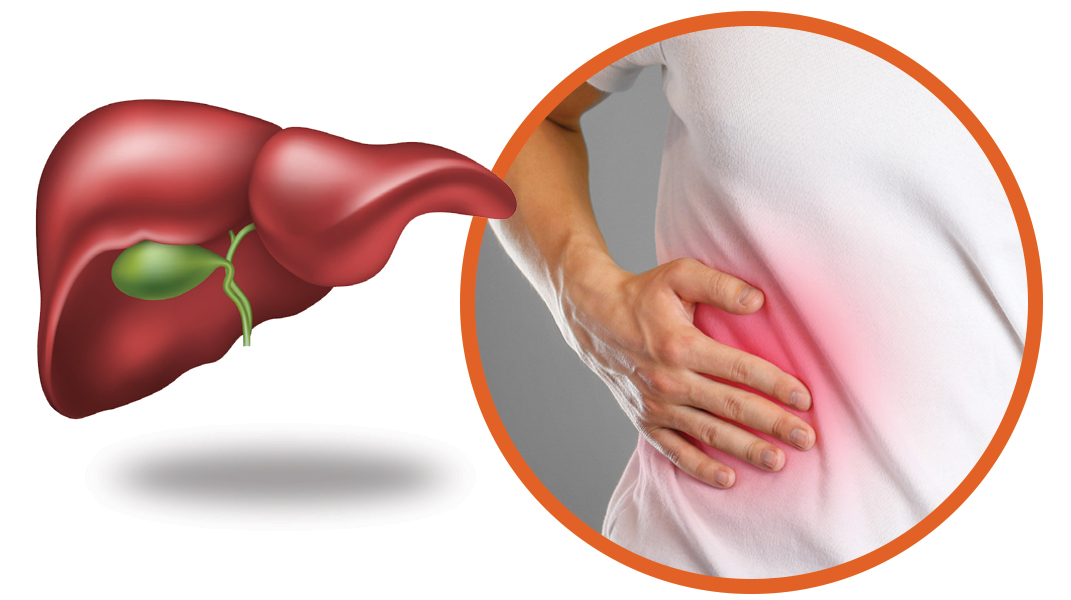
Non-alcoholic fatty liver disease (NAFLD) is a liver disease that is more prevalent than you think. It affects 17-46% of the developed world and a recent study released by SingHealth showed that the incidence of NALFD is rising in Singapore. Left undiagnosed, it may lead to complications such as liver cirrhosis and liver cancer. Here are few things you need to know.
-
What is non-alcoholic fatty liver disease (NAFLD)?
NALFD is the most common liver disease that occurs when fat content in the liver exceeds 10%. And like the name states, it is not due to alcohol abuse. These excess fats in the liver cells can cause inflammation (steatohepatitis, or NASH), scarring (fibrosis) and hardening of the liver (cirrhosis), all of which are risk factors for liver cancer.
-
Common risk factors of NAFLD
- Obesity
- High blood pressure
- Diabetes
- High cholesterol
- Hepatitis infection
- Family history of liver disease
- Autoimmune or inherited liver disease
-
What are the symptoms?
Early stage of NAFLD often has few to no symptoms. As the disease progresses, patients may experience:
- Fatigue
- Lethargy
- Upper abdominal discomfort
When the diseases reaches the more advanced stage, patients may develop:
- Jaundice
- Abdominal distension from fluid retention
- Internal bleeding from swollen blood vessels
- Liver failure
-
Can NAFLD be prevented or reversed?
Yes, NAFLD and NASH can be improved and reversed but only if detected early. The aim of early detection is to prevent disease progression and subsequent development of life-threatening complications such as liver cirrhosis and liver cancer.
-
How to prevent NAFLD from progressing?
- Living a healthy lifestyle with a healthy diet
- Avoiding smoking and drinking
- Exercising and maintaining a healthy body weight
- Getting vaccinated against hepatitis
- Getting regular check-ups that include a liver scan and blood test
-
How is NAFLD diagnosed?
The disease can be picked up during a routine check-up through blood tests and a conventional ultrasound scan of the liver. In rare and specific situations, a liver biopsy is required. A new method to diagnose NAFLD is FibroScan. It uses transient elastography, incorporating ultrasound, to quantify the fat content in the liver and measure liver stiffness, which has been proven to correlate with liver fibrosis or scarring. It is a quick, non-invasive and painless test, with a higher level of accuracy. There is also no need for any anaesthetic, no risk of bleeding, and zero downtime.







